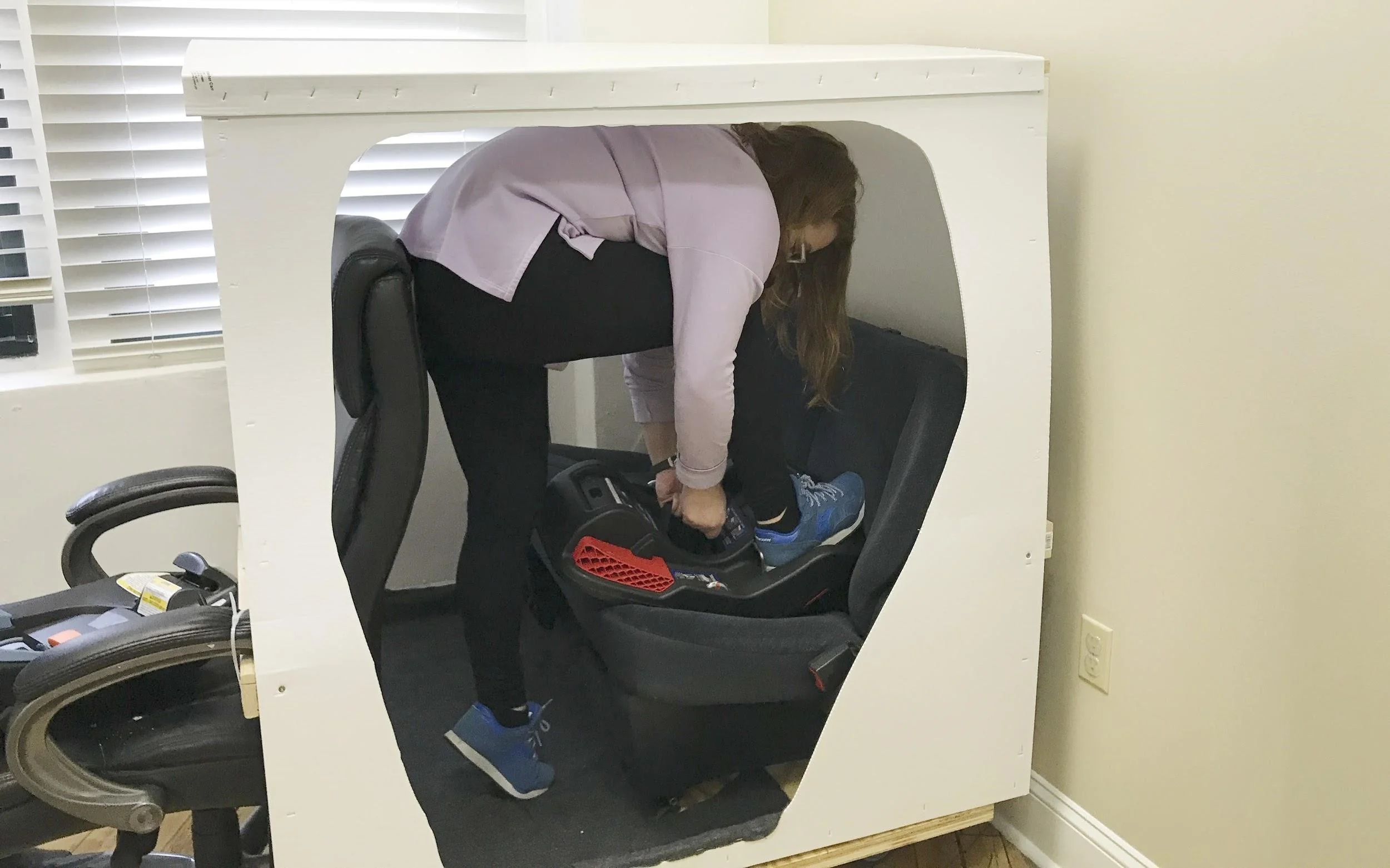Empathy in Practice
“Empathy” is a fairly new word created in the early 20th century; it was first used in 1946 as a much stronger and deeper connection than just “sympathy” and has since grown in popularity. In the last few years empathy is also a word we see more and more frequently in articles about design, business, management, basically everywhere on LinkedIn. To figure out why empathy has increased in value we must look back at its definition – while a sympathetic person may feel badly for another, an empathetic person will actually feel their pain. Through design, that translates to products that truly recognize and accommodate user needs.
Sometimes we are asked to design for something we closely relate to, that we naturally have empathy for, but what can we do as designers to achieve empathy in situations in which we normally wouldn’t have it?
Being a designer, and especially a designer at a consultancy, means that every project is a new adventure creating solutions for all different types of people and situations. Sometimes we are asked to design for something we closely relate to, that we naturally have empathy for, but what can we do as designers to achieve empathy in situations in which we normally wouldn’t have it? We can practice. Many designers may remember a day in school where they were meant to experience a day in another’s shoes. Maybe you tied your hand behind your back or wore a blindfold for a day. This process is essentially the design school version of caring for a sack of flour. While this may seem obvious, experiencing the world differently from your normal day to day is invaluable and gives us insights we never would have had.
It turns out, sometimes as a professional, you will almost literally take care of a flour baby. Take for example, a project that we did here at DesignThink to develop a new car seat. Car seat design can be a delicate process, we are designing for the most precious cargo, and it is a product that is an emotional, important, and pivotal purchase. While some of our team do have children, a majority of us have dogs (or photos of dogs from Petfinder) and it became clear that to really gain proper insights into the design solutions we needed, we had to have some kind of hands-on experience. Sympathy is when we hear parents say how difficult it is to simply take their child from the car to their home and we think “wow that’s hard”. Empathy is when we carry around weights in a car seat and actually try to do everyday tasks.
While I can’t re-create the emotion of bringing home a newborn, I can carry around a 20-pound doll and have my coworkers, who are parents, laugh at me as I realize just how hard it really is to install a car seat properly. On paper, car seat installation seems like it should be fairly straightforward – my first time installing a car seat I could not figure out where to put the seat belt, how to get the seat level, and when I finally did get the seat belt in place I couldn’t tighten it. My car seat installation process, while hilarious, gave me invaluable insight into just how difficult but also frustrating it can be.
Once the team experienced that frustration we were able to make the change from being sympathetic to being empathetic. That shift is what ultimately led us to create better, simpler, and more intuitive solutions for our car seat designs such as an easier way to secure a car seat in the proper orientation and level. Simple exercises like this spark ideas that come from a place of real understanding, and that’s the core of what we are supposed to be doing as designers.
Once the team experienced that frustration we were able to make the change from being sympathetic to being empathetic. That shift is what ultimately led us to create better, simpler, and more intuitive solutions…
Now, the process isn’t perfect, there are some things we can’t recreate; I’ve heard people describe their newborns as their ‘little bundle of joy’ while our newborn is mostly sand and water. Sometimes in our office the process involves riding around with an overloaded bike trailer, other times it means drilling precise holes in a simulated woodworking project, but every time it allows us to develop a new perspective and create more informed and truly helpful solutions. One of the best things about being a designer is how much we learn about different people, environments, and situations through our process; incorporating empathy in practice can only seek to make those experiences deeper and more meaningful both for us and the users we design for.


